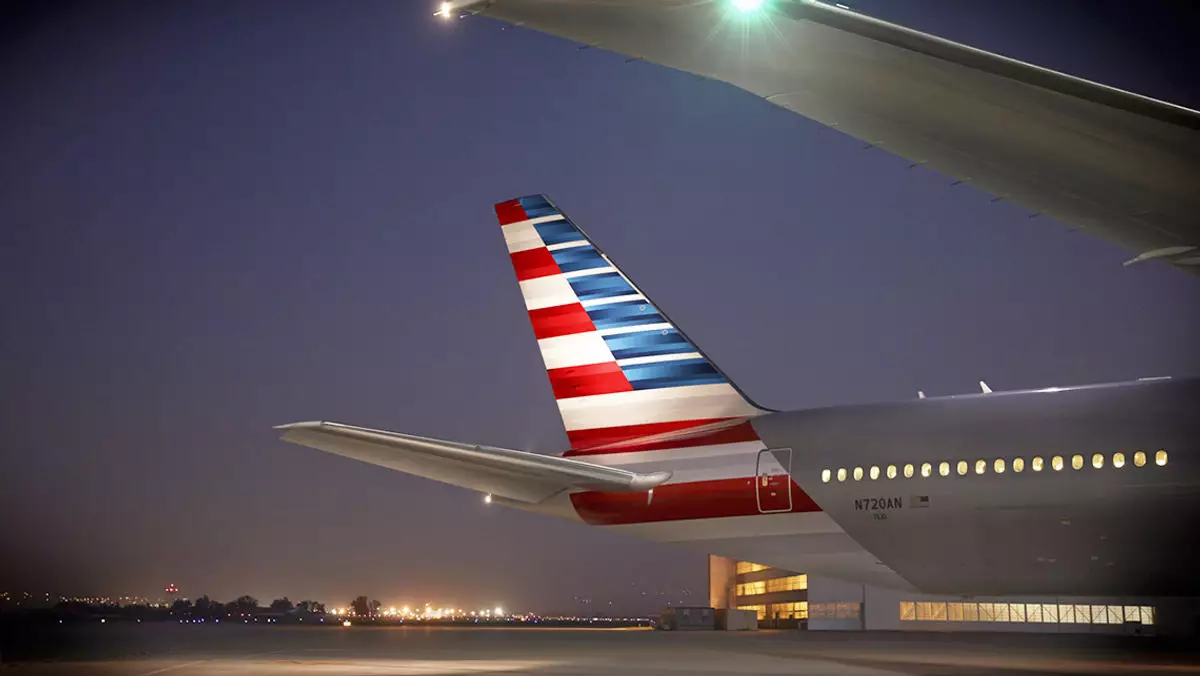In a pivotal meeting held at the White House, American Airlines CEO Robert Isom, President Donald Trump, and Transportation Secretary Sean Duffy convened to address pressing issues surrounding aviation safety. This discussion was notably relevant given the harrowing incident on January 29, when an American Eagle regional plane collided with an Army helicopter near Reagan National Airport, leading to the tragic loss of 67 lives. The convergence of these leaders highlights the urgency and seriousness of overhauling the current air traffic control systems to avert future disasters.
The National Transportation Safety Board (NTSB) is still investigating the causes behind the fatal collision, with preliminary findings yet to be disclosed. However, early reports indicate that the air traffic control tower at Reagan National had inaccurately registered the helicopter’s altitude as being above the essential flight ceiling of 200 feet. The mishap has reignited conversations around air traffic control operational efficacy, a crucial element in ensuring aviation safety. President Trump, during a speech on February 6, pointed fingers at outdated air traffic technologies, alleging that advancements are necessary to prevent similar catastrophes in the future.
In response to the recent tragedy, President Trump moved to emphasize a commitment to developing a modernized air traffic control system. He has previously criticized the impacts of Diversity, Equity, and Inclusion (DEI) initiatives at federal aviation agencies, insinuating they detract from safety priorities. American Airlines expressed its unity with federal leaders as they work alongside Congress to promote a safer aviation environment. “The American Airlines team will continue to work together…to make our systems even safer,” reads a company statement reflecting this collaboration.
Despite ongoing efforts to modernize air traffic operations via the Federal Aviation Administration’s NextGen program—an initiative launched in 2007 that has consumed nearly $20 billion—there are notable critiques regarding its sluggish rollout. A recent report from the Office of the Inspector General for the Department of Transportation suggests that while some major components are anticipated to be completed soon, the project may not deliver the revolutionary changes initially promised to the aviation industry. Additional findings from the U.S. Government Accountability Office pointed out several unsustainable FAA systems that may pose considerable risks to the safety and efficiency of national airspace.
As American Airlines and government officials engage in dialogues to enhance aviation security, Elon Musk’s controversial Department of Government Efficiency (DOGE) has been invited to contribute to system upgrades, raising eyebrows about the extent of the partnership. Amid these discussions, the focus remains on supporting the families affected by the devastating crash of American Flight 5342. The emphasis on compassion amidst tragedy paints a complex picture of a sector under scrutiny, where technological modernization must keep pace with safety assurances that families deserve in the face of loss.
The convergence of industry leaders and government officials post-tragedy highlights the critical need for a thorough reassessment of aviation safety protocols. The path forward must involve significant modernization efforts, addressing both technological shortcomings and human factors to foster a safer travel environment.

